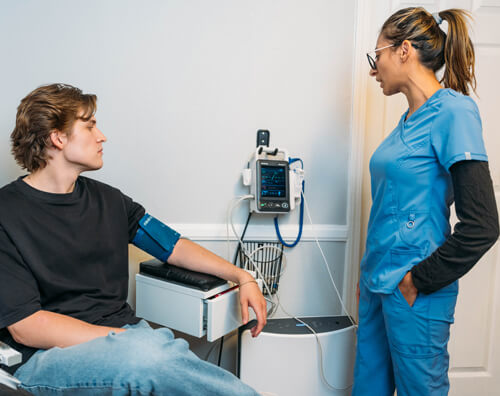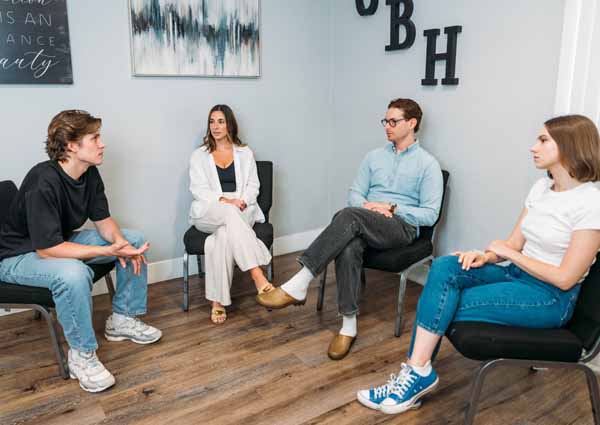Residential Inpatient FAQ
Can I Take My Laptop or Cell Phone into Live-in Treatment Programs?
Most live-in treatment programs have specific rules regarding electronic devices. At California Behavioral Health, we prioritize creating a distraction-free environment. While some limited use may be allowed, it’s best to discuss this with our admissions team to understand our policies.
Do Inpatient Rehab Programs Allow Animals and Pets (Dogs/Cats)?
Pets are generally not allowed in inpatient rehab programs due to health and safety concerns. However, we understand the importance of pet companionship and can discuss potential accommodations on a case-by-case basis. We strive to meet your needs while ensuring a safe environment.
Do Residential Treatment Programs Allow Access to Wi-Fi?
Access to Wi-Fi may be limited in residential treatment programs to ensure a focus on recovery. We provide structured times for communication with loved ones, helping you stay connected while maintaining a therapeutic environment. Discuss your needs with our team for specific details.
How Can I Get into Addiction Rehab Today?
To enter addiction rehab today, contact California Behavioral Health. Our addiction treatment team will guide you through the admissions process, ensuring you receive the immediate support and care you need. We’re here to help you start your recovery without delay.
Do Residential Rehab Centers Allow My Friends & Family to Visit?
Visitation policies vary, but CA Behavioral Health encourages family involvement in addiction recovery. Scheduled visits and family therapy sessions are part of our comprehensive treatment approach, and they also support your healing journey while strengthening family bonds.
Will I Lose My Job for Attending an Inpatient Rehab Program?
Legal protections like the Family and Medical Leave Act (FMLA) can help you maintain job security while attending rehab. Discussing your situation with your employer and our admissions team is crucial to exploring your options and protecting your employment.
How Long Does a Typical Residential Treatment Last?
A typical residential treatment lasts 30 to 90 days, depending on the individual’s needs and progress. This duration allows for intensive treatment that can effectively address various mental health issues. The residential program is designed to provide a highly structured environment away from everyday stressors and triggers, allowing you to focus entirely on your recovery.
It’s important to note that while this is the average duration, residential treatment options can be flexible and tailored to your unique requirements through an individualized treatment plan. Some people might need longer stays, especially for more severe, complex conditions, while others may benefit from shorter, more concentrated programs.
How Is the Treatment Plan Personalized for Each Individual?
At residential treatment centers, the treatment plan is customized through an initial comprehensive assessment of your mental health needs and personal goals. Mental health services professionals use this information to design a unique, multifaceted treatment plan that addresses your specific challenges and objectives.
The treatment programs may include different therapeutic approaches, skill-building exercises, and support systems, all tailored to meet your unique needs and circumstances. Regular reviews ensure the treatment remains effective and is adjusted, as needed, as your progress through the program.
How Does the Center Measure the Success or Effectiveness of Their Programs?
We measure the success or effectiveness of residential treatment using various metrics that reflect positive treatment outcomes. These indicators include the completion rate of the program, sustained sobriety, reduced relapse rates, and improvements in life skills necessary for reintegration into society. In the case of substance abuse, this might also involve monitoring any decrease in substance use.
Furthermore, we assess the extent to which we provide a safe environment conducive to recovery, which is critical to successful residential treatment. Regular tracking and evaluation of these measures enable the center to continuously improve the quality of care and enhance the effectiveness of its residential treatment.









